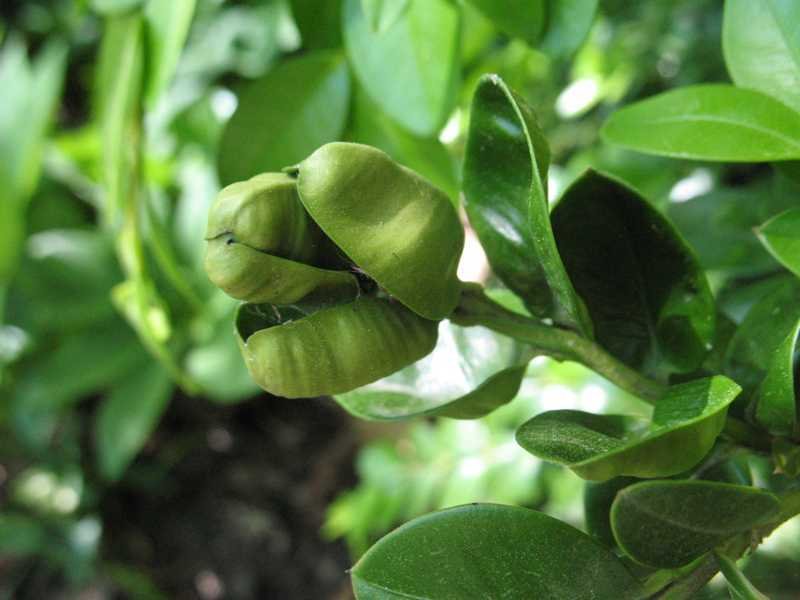Boxwood Leafminer, Mites, and Psyllid
Click the still for a video walk-through with Joel.
In mid-May it's "open season" on boxwood. Several pests that feed and cause damage to boxwood become active.
For the most effective organic solution, the time to treat is now.
Boxwood Leafminer
Boxwood leafminer feeding damage
Monarthropalpus flavus
These pests are of prime concern. You've likely seen the effects of boxwood leafminer damage to leaves - brown/yellow blisters on leaves throughout. They spread from plant to plant quickly and if left untreated season after season, an infested boxwood hedge can become stressed and die.
Boxwood leafminer larvae
Boxwood leafminer adult
When they hatch, boxwood leafminer larvae eat the leaves from the inside out. If you tear open an infested leaf, you'll see the small maggots between the top and bottom leaf-layers. After doing their damage, they emerge as adults*, hover around the boxwoods for about 2 weeks, mate, and lay eggs to continue the cycle. The adults look similar to very small mosquitoes but with bright orange coloring.
During the 2-week period when adult leafminer are "on the wing" they are susceptible to our organic pyrethrin & insecticidal soap application. 2 spray-treatments 10-14 days apart are essential to controlling a common yet harmful infestation of boxwood leafminer.
*We are keeping a careful watch for the emergence of the boxwood leafminer adult on Long Island this season. We are noticing some emergence - check for yourself!
Boxwood Mite
Boxwood mite damage
Eurytetranychus buxi
Spider mites also feed on the leaves of boxwood but they are much smaller than leafminer and they feed on the surface. Damage from mite-feeding looks like hundreds of tiny stippled scratches up-close. From a distance, a mite-infested boxwood will appear dull, light in color, or "burned".
Depending on their surroundings, boxwood mites can spread even faster than boxwood leafminer. If left untreated, mites can overcome healthy boxwood hedges, the stress of feeding damage eventually killing the host plants.
Boxwood spider mites can be treated through May as well, with the same organic insecticidal soap application as the leafminer application.
Boxwood Psyllid
Feeding damage from Boxwood psyllid
Psylla buxi
You may have noticed the strange damage left on boxwood after the boxwood psyllid feeds. "Cupping", where Boxwood leaves curl up into odd-looking forms in a stress reaction to this pest. This leaf distortion remains for about two years and in most cases is strictly an aesthetic concern. This pest is not likely to be a true threat to plant health or vigor.
In cases where it may be necessary, psyllid is susceptible to the same treatment applied for boxwood leaminer and mites, organic insecticidal soap, in May.
Do you recognize any of these signs of boxwood pests?
The time to treat is now. Timing is essential to catch these harmful infestations when they are most vulnerable to our organic treatment.
Would you like us to check your boxwoods for you? Contact us.








